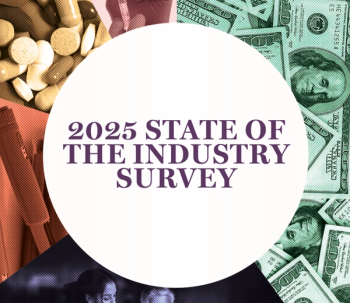
Upper Midwest states report best performance measures
Scorecard from the Commonwealth Fund notes stark gaps between best and worst performing states
NATIONAL REPORTS-When it comes to healthcare, the gap between top- and bottom-performing states is widening, according to the latest state scorecard by the Commonwealth Fund Commission on a High Performance Health System. The scorecard found wide and growing disparity between the states in cost, quality, access and outcomes.
In general, states that led in the way on the scorecard two years ago continued to lead, often setting new benchmarks. Vermont, which ranked fourth in 2007, now has the top ranking, followed by Hawaii, Iowa, Minnesota and Maine. Mississippi again ranked the worst. Oklahoma, Arkansas, Texas and Nevada, which placed in the bottom five in 2007, continued to bring up the rear.
MEASURING THE GAP
Overall, the report, which ranks states based on 38 indicators, found that while health insurance coverage for adults declined in a majority of states since the release of the 2007 scorecard, most states made gains in health coverage for children due to federal and state support for the Children's Health Insurance Program (CHIP). The report also noted that a national push for public reporting of outcomes data has led to dramatic improvements in some measures of quality of care in hospitals and nursing homes.
"The main takeaway of this report is when we take action at the national level we can succeed," said Commonwealth President Karen Davis, citing the report and the need for comprehensive healthcare reform at a recent press conference. "The states can't go it alone."
That's particularly true for bottom-tier states which lack the tax base to close health gaps without federal participation, according to Joel Cantor, director of the Center for State Health Policy at Rutgers University and one of the report's authors.
In terms of performance, the report finds that several states in the Upper Midwest-Iowa, Minnesota, Nebraska, North Dakota and South Dakota-were all providing high quality care at lower cost.
If all states could reach the level achieved by the top-performing states, 29 million more people would have health insurance, nearly 78,000 lives could be saved by delivering timely, effective care and the nation would realize a $5 billion annual savings by avoiding preventable hospital admissions and readmissions for vulnerable elderly and disabled residents.
Newsletter
Get the latest industry news, event updates, and more from Managed healthcare Executive.





















































